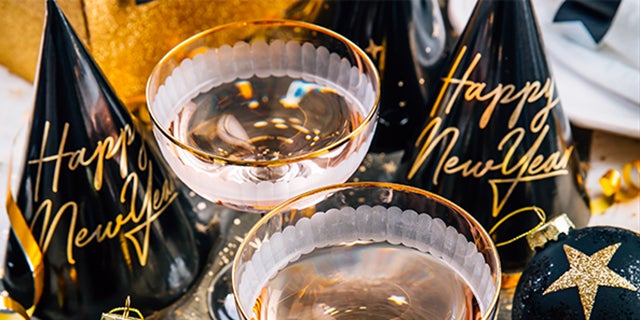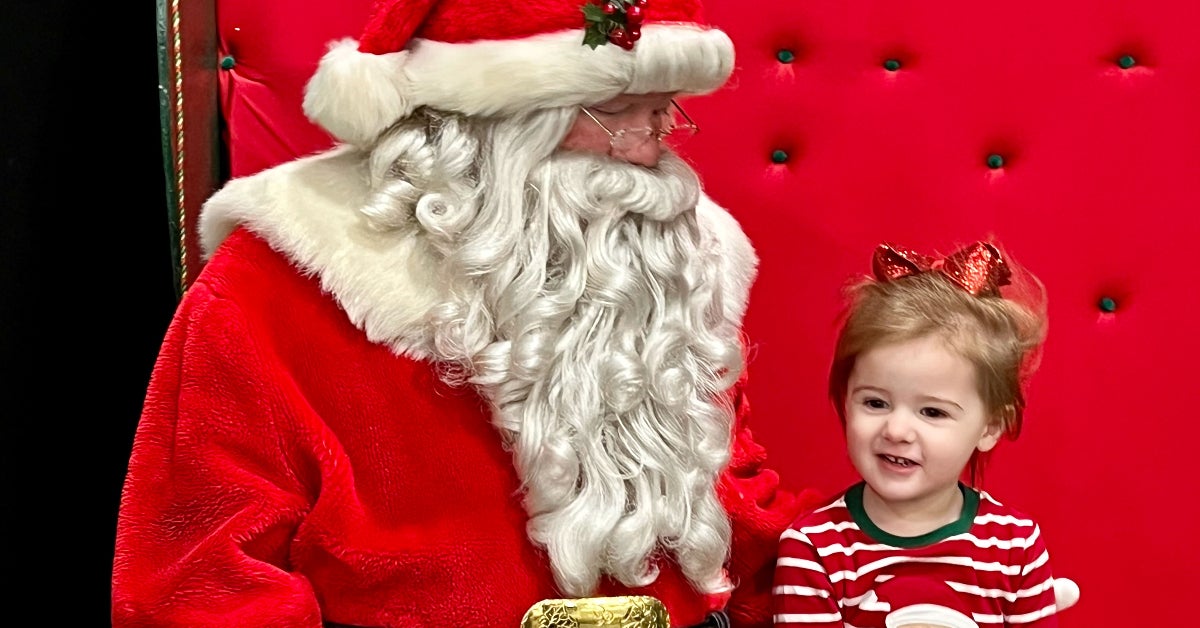A fresh start: New Year’s traditions from home, around the world
Published 9:29 am Sunday, December 31, 2023
When shopping for black-eyed peas, consumers have the option of dried, canned, or frozen. But in the South, when the New Year rolls around, they may be hard pressed to find any version of the beans in their neighborhood grocery store.
Eating black-eyed peas for good luck on New Year’s Day is a long held Southern tradition – one that is even linked to Vicksburg.
In a 2014 interview with WLBT reporter Courtney Ann Jackson, the former executive director of the Vicksburg Convention and Visitors Bureau Bill Seratt said folklore suggests that black-eyed peas became a sign of good fortune after River City residents were relegated to eating them for survival.
This occurred after Vicksburg was surrounded by Union Troops during the Civil War and their supply lines were cut off. With nothing to eat, the townspeople had nothing but cow fodder or “cowpeas” as they were also referred to, for food. However, Seratt said, “they found that they could boil and eat those peas and that when mixed with a little pork meat and some greens, it made a very delicious meal.”
While eating black-eyed peas on New Year’s Day for good luck is a Southern Tradition, other parts of the world also have their customs.
In Italy, wearing red underwear on New Year’s will supposedly bring good fortune in the coming year. It is also considered the color of fertility, so for those hoping to conceive, it’s considered double lucky. In some South American countries, wearing red underwear means you’ll find love, wearing gold underwear means wealth, and white signifies peace.
In Central and Latin America, as a way of attracting good travel for the next year, an empty suitcase is rolled around the house or block, or it is put in the middle of a room for people to walk around.
In the Philippines, people wear polka dots clothing to attract financial prosperity.
In Belgium, people greet not only family and friends on New Year’s Day, but they also believe that talking to the animals brings health and good luck in the coming year. A similar tradition exists in Romania, where farmers try to hear their animals talk on New Year’s.
Other fun facts about New Year’s
The first country to see the new year is a tiny oceanic country called Kiribati and the last stop on the New Year’s Eve countdown tour is the inhabited islands of Niue and American Samoa and the uninhabited U.S. territories Baker Island and Howland Island, which ironically are just 1,400-some miles from Kiribati.
In 2015, the tradition of “wishfetti” began in Times Square. Thousands of people write their wishes for the new year and submit them to the Wish Wall in Times Square (or online) and those wishes are turned into the confetti that falls over the crowd at midnight.
Wishfetti, along with any other confetti thrown by revelers, generates 1.5 tons of confetti, which takes 300 sanitation workers 15-to-16 hours to clean up.
The first Times Square New Year’s party was thrown for a newspaper. The annual tradition of gathering in Times Square for New Year’s started as a party to celebrate the opening of the New York Times building in 1904. Over 200,000 people attended.
The famous New York ball drop began in 1907 and has occurred every year, except during WWII when the tradition was put on pause in 1942 and 1943. And while the excitement surges as the ball lowers on New Year’s Eve, time balls were actually invented to help sailors. A ball on top of England’s Royal Observatory in Greenwich was dropped at 1 p.m. every day (starting in 1833) to help ship captains coordinate their navigation equipment. Similar balls were set up in coastal areas around the world.







